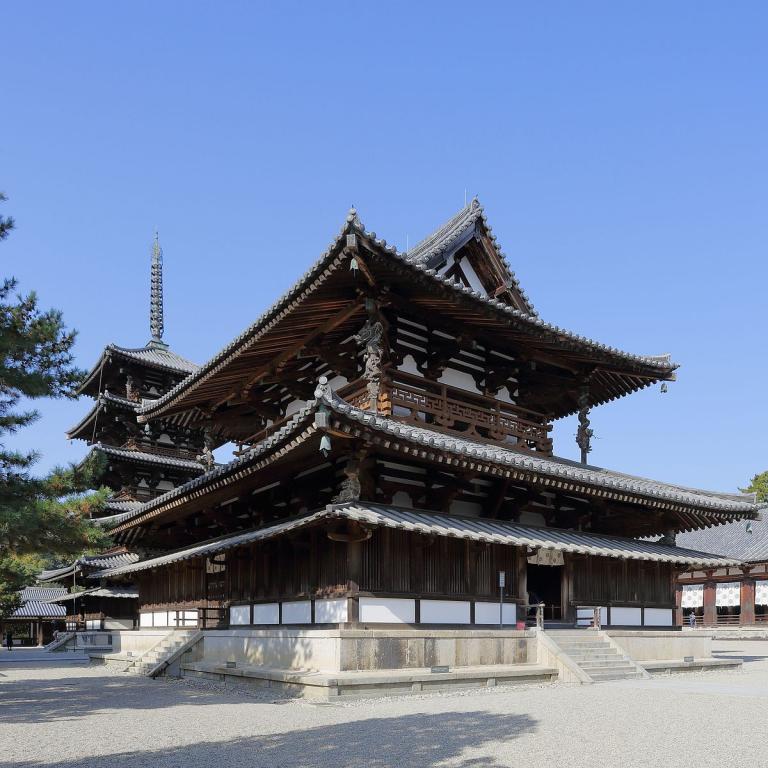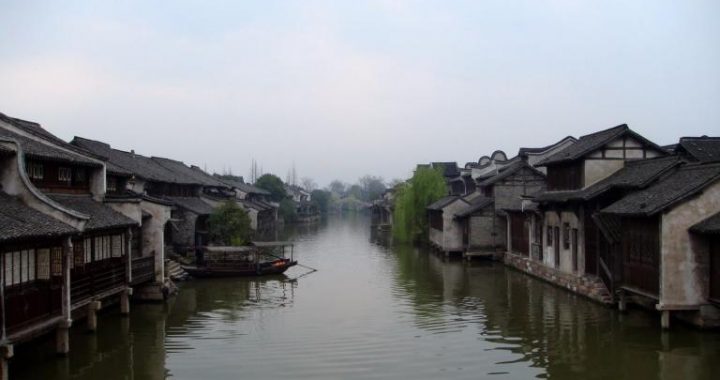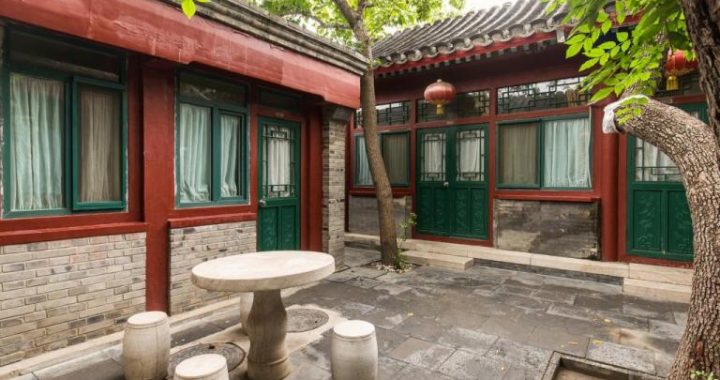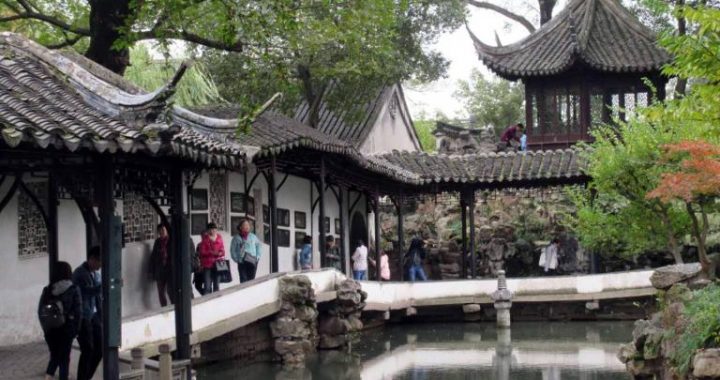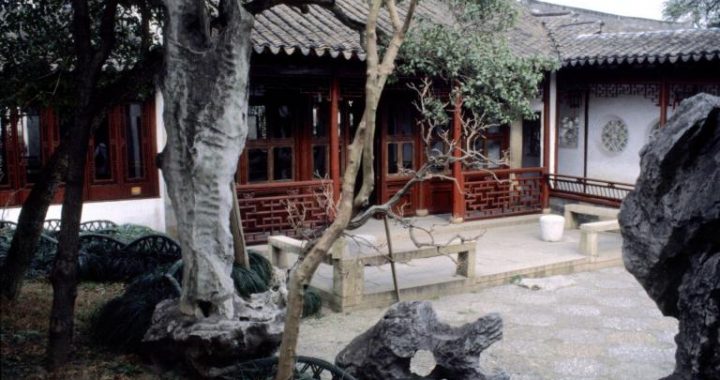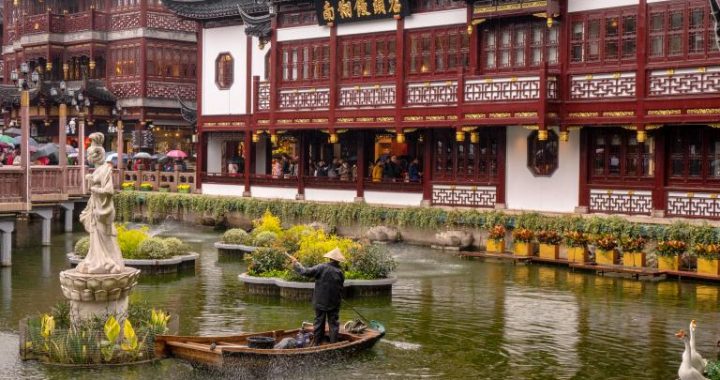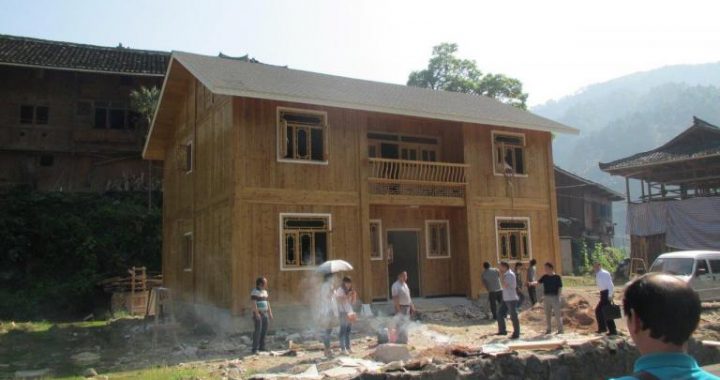Western Influences on Chinese Architecture
3 min readBefore the Opium War, China was a feudal country that had been isolated and closed of for a long time, leaving it in a backwards state of development.
The hallmarks of ancient Chinese architecture were unique and highly sophisticated wooden structural systems and process-oriented traditiona styles; this style left a seemingly insurmountable gap between itself and Western architecture.

The Opium Wars marked China’s transition into a semi-feudal, semi-colonial modern society; it also marked the beginning of China’s modern architectural movement under the impact, stimulation and promotion of Western architecture. On the one hand traditional Chinese architecture persisted, while on the other hand Western architecture was spreading; the parallel movement of these two architectural systems formed the thread of modern Chinese architecture’s development as well as its unique characteristics.
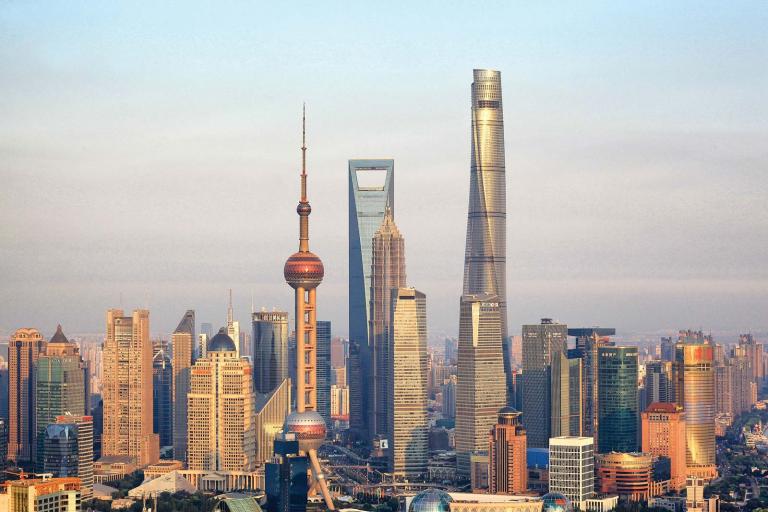
Before the Opium War of 1840,a few Western-style buildings did exist in China, including the churches and shops built by the Portuguese who settled in Macao in 1557, the buildings erected by the Thirteen Hongs in Guangzhou after 1685, as well as the earlier mentioned European-style buildings located in the Winter Palace in Beijing. However, Macao and the Thirteen Hongs in Guangzhou were under strict control by the Chinese government then, and these western-style buildings were neither widespread nor created an extensive influence on Chinese architecture.
With the invasion of colonialism and imperialism, the collapse of the feudalistic economic structure and the development of capitalism in China after the Opium War, Western architectural styles began to have a widespread influence. The architectural styles and technologies of the modern times began to appear in China one after another, creating a new architectural system for modern China, whereby the old and new systems co-existed. This also led to a merging of Chinese and Western architectural styles.
Apparently, the development of the Chinese architectural system of the modern times was not a progressive evolution of the traditional Chinese timber framework, but a direct outcome brought about by historical conditions, namely, the invasion of China by the Western imperialist powers. As a result, buildings defined by the new system of architecture were mainly built in few large cities, especially treaty ports or cities occupied by a single foreign concession. From these areas, the new architectural styles gradually spread to other parts of China.
From the second half of the 19th century up to the 1930s, European and American architecture underwent a period of transformation from neoclassicism and romanticism to eclecticism and the new arts movement,andthen to modern architecture.All these architectural styles were eventually featured,either on their own or in an inter-play of styles in the semi-feudal,semi-colonized cities of modern China.In the cities occupied by multiple foreign concessions such as Shanghai,Tianjin and Hankou,the city landscapeswere more heterogeneous,with a mixture of then popular architectural styles from Europe and the United States.Due to the presence of unified city planning,cities dominated by single imperialist powers such as Qingdao,Dalian and Harbin possessed a more harmonious integration of architectural styles.
